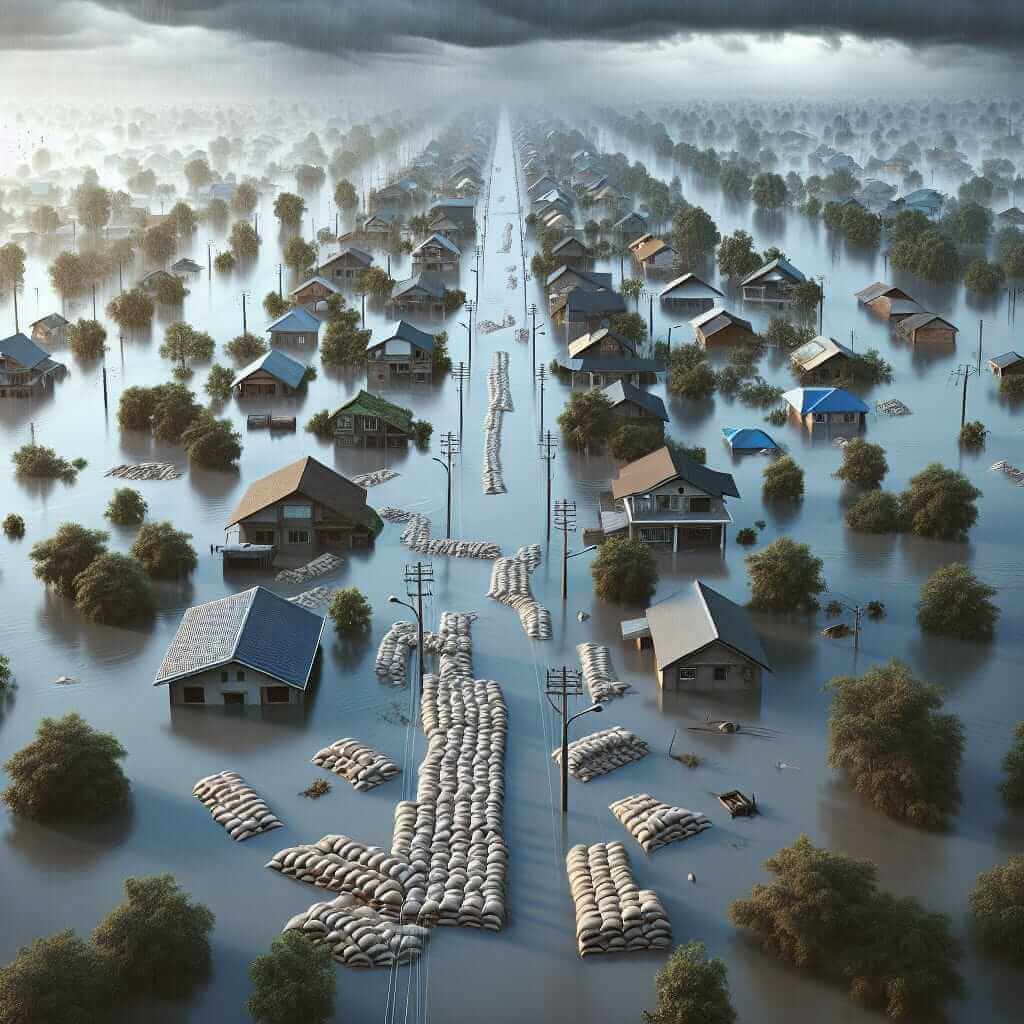The IELTS Speaking test assesses your ability to communicate effectively in English on a variety of topics. One such topic that might arise is natural disasters, including floods. Understanding the phrase “can we hold back the flood?” and its related vocabulary is not only beneficial for discussing this specific topic but also for showcasing your range of vocabulary and understanding of idiomatic expressions. This guide will equip you with the necessary vocabulary and strategies to confidently tackle any flood-related IELTS Speaking questions.
Understanding the Phrase “Can We Hold Back the Flood?”
This phrase is figurative and signifies an attempt to prevent something overwhelming or unstoppable. It’s often used to discuss situations where:
- We try to control powerful natural forces: This can relate to literal floods, but also other natural disasters or events like a “flood” of information.
- We attempt to manage large-scale problems: This could be a “flood” of immigrants, a “flood” of applications, or a “flood” of complaints.
The phrase often implies a sense of struggle and the possibility of failure, raising questions about the effectiveness of our actions against powerful forces.

Vocabulary for Discussing Floods and Prevention
Let’s explore some key vocabulary that will help you discuss floods and flood prevention measures in the IELTS Speaking test:
Natural Causes of Flooding:
- Heavy rainfall: Prolonged or intense periods of rain leading to saturated ground and overflowing rivers.
- Melting snow: Rapid snowmelt in mountainous regions causing rivers and streams to swell.
- Coastal storms: Storm surges and high tides causing flooding in coastal areas.
- Dam failure: A catastrophic event where a dam breaks, unleashing a torrent of water.
Human Impact on Flooding:
- Deforestation: Removing trees reduces the land’s ability to absorb water, increasing runoff.
- Urbanization: Concrete surfaces prevent water absorption, contributing to flash floods.
- Climate change: Rising global temperatures are linked to more extreme weather events, including heavier rainfall.
Flood Prevention and Mitigation:
- Dams and levees: Structures built to contain or divert excess water.
- Flood walls: Barriers constructed to protect specific areas from rising water.
- Early warning systems: Systems that provide timely alerts about potential flooding.
- Zoning regulations: Laws that restrict development in flood-prone areas.
Applying the Vocabulary: Sample IELTS Speaking Questions and Answers
Examiner: What are some of the causes of flooding?
Candidate: Well, flooding can be triggered by several factors. Heavy rainfall, of course, is a major culprit, especially when the ground becomes saturated and can’t absorb any more water. In some areas, rapid snowmelt from mountains can also cause rivers to overflow their banks.
Examiner: What can be done to prevent flooding?
Candidate: There are several measures that can be taken. Building dams and levees can help regulate water flow and prevent rivers from bursting their banks. Early warning systems are also crucial for giving people time to evacuate or prepare. Of course, zoning regulations that restrict building in floodplains can help reduce the impact on human populations.
Tips for Success
- Practice using the vocabulary: Incorporate the words and phrases into your daily English practice.
- Think about different contexts: How can this vocabulary be used to discuss other natural disasters or even metaphorical “floods”?
- Listen to model answers: Pay attention to how native speakers discuss this topic in English.
By mastering this vocabulary and understanding how to use it effectively, you’ll be well-equipped to confidently discuss flooding and related issues in the IELTS Speaking test. Remember, strong vocabulary is a key ingredient for achieving a high score!